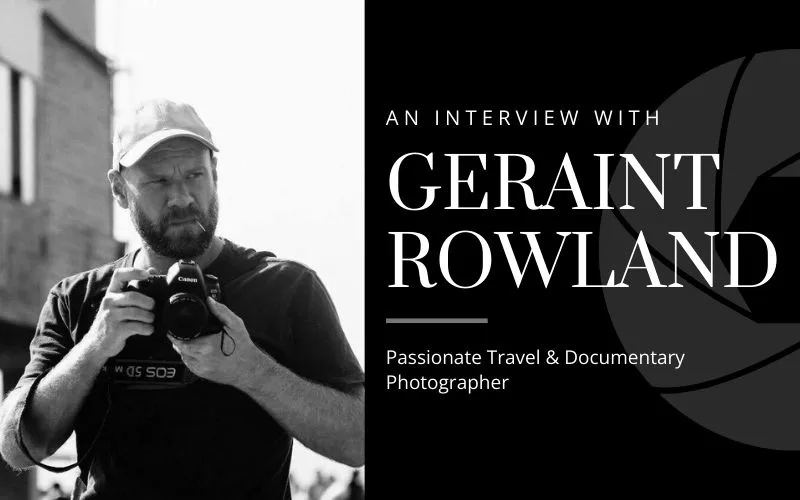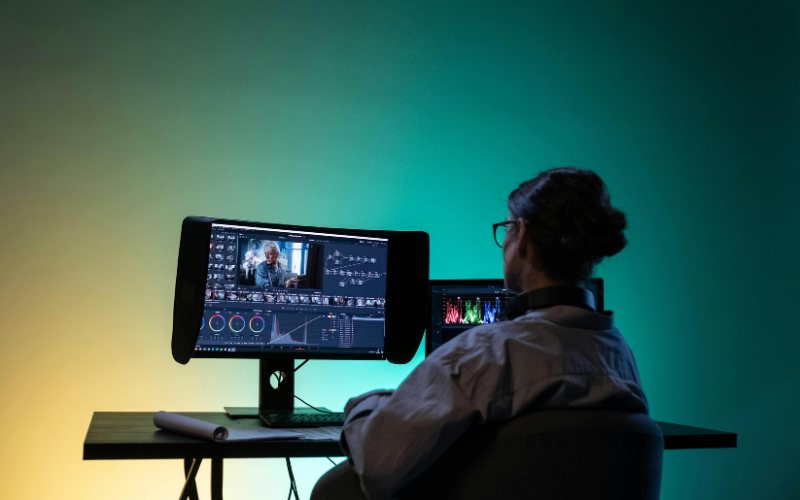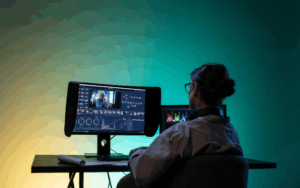Taking beautiful photos is only one aspect of photography. It’s about sharing stories, making connections, and taking in the world from fresh perspectives.
This is how travel and documentary photographer Geraint Rowland lives. His journey is marked by lessons learned, from experimenting with a used film camera to establishing a career in travel and documentary filmmaking.
Geraint discusses his methods for dealing with unfamiliar cultures, the challenges of working in difficult settings, and the backstories behind some of his most well-known photographs in this interview.
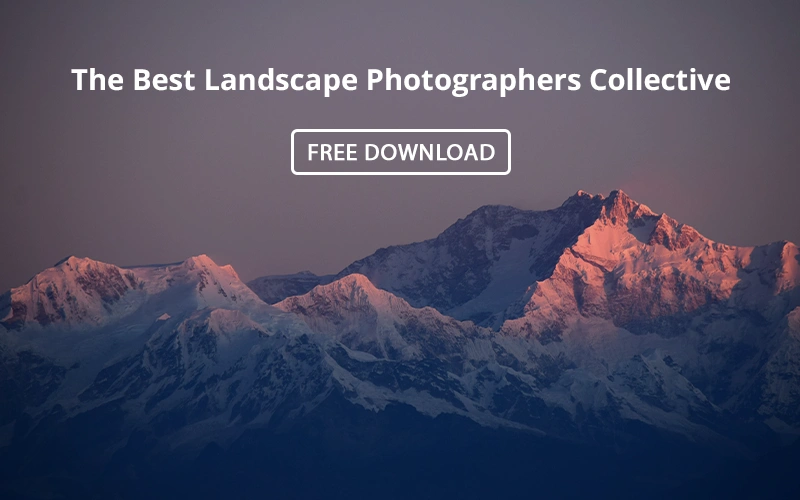
The Story Behind the Lens
1) What first got you interested in photography? How did it grow into a career focused on travel and documentary work?
I first dabbled with a second-hand SLR film camera as a teenager, playing around with exposure and techniques just for fun. It wasn’t until my thirties that I really committed — I bought a DSLR and never looked back. Instead of reading the manual, I signed up for a couple of courses at Ffotogallery in Cardiff, which gave me the foundations I needed.
Travel had always been part of my life — in my twenties and thirties, it was mostly chasing surf and sun around the world. But as my passion for photography grew, my travels started to revolve around the camera instead. Where could I go to get the best photographs? Wherever I went, the camera came too. I found I could lose myself in the streets, in the chaos, and in those small unplanned moments. Over time, I realised I wasn’t just trying to make pretty pictures — I wanted to tell stories. That’s why travel and documentary photography felt so natural; they’re about connecting with people in real, human ways.
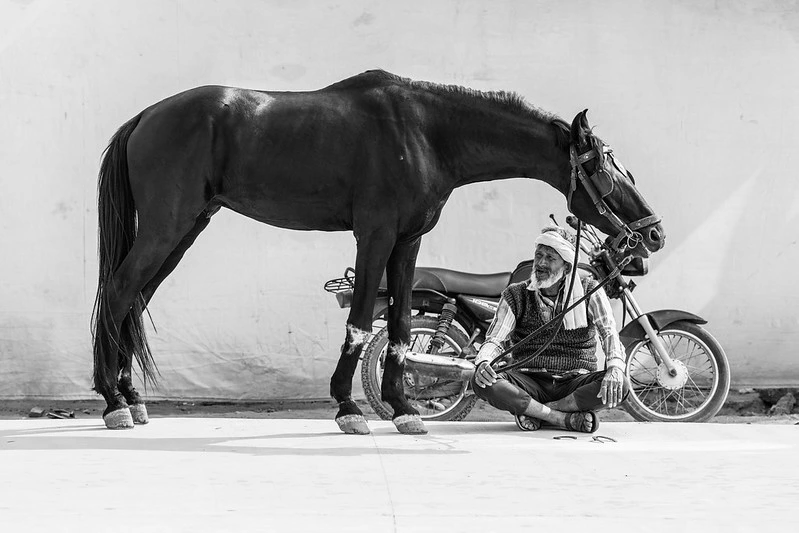
2) Do you have a favorite place you’ve visited that keeps calling you back?
India is hard to beat, both for photography and for life experiences in general. It’s a fascinating country with so much to see — mountains, rainforests, deserts, beaches, and the chaos of the cities. I’ve spent close to a year travelling there over several trips, and I’ve still only scratched the surface. For photography, it’s almost overwhelming — there’s always something colourful, chaotic, or beautiful waiting to be captured. At the same time, it can be a tough and tiring place to travel, especially on a budget. Whenever I leave, I need a long break before I’m ready to dive back in again.
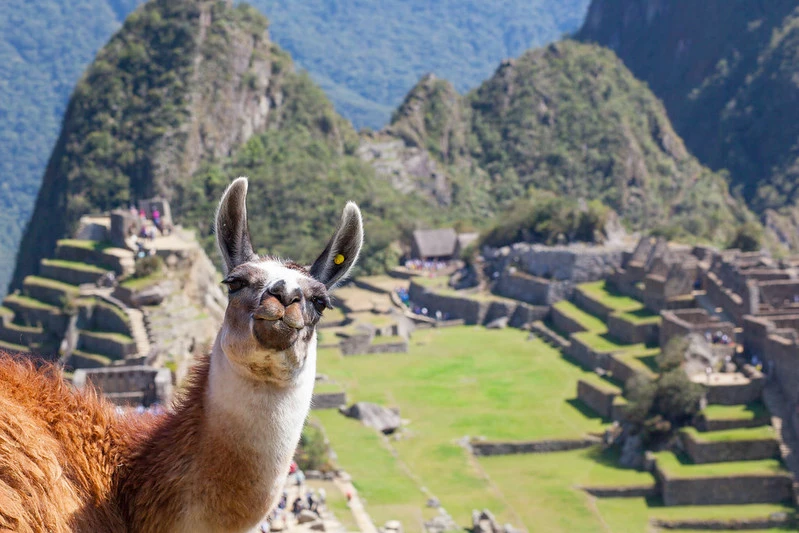
3) How do you stay inspired, especially during times when you’re not traveling?
Traveling somewhere new definitely sparks creativity, when I stay in the same place too long, photographic boredom can creep in. The trick is to work with what’s around you and find new ways to see it. If I’m pet-sitting, I’ll photograph the animals. If I’m by the coast, I’ll focus on abstract seascapes. Inspiration doesn’t only come from faraway places — it comes from how you look at what’s right in front of you.
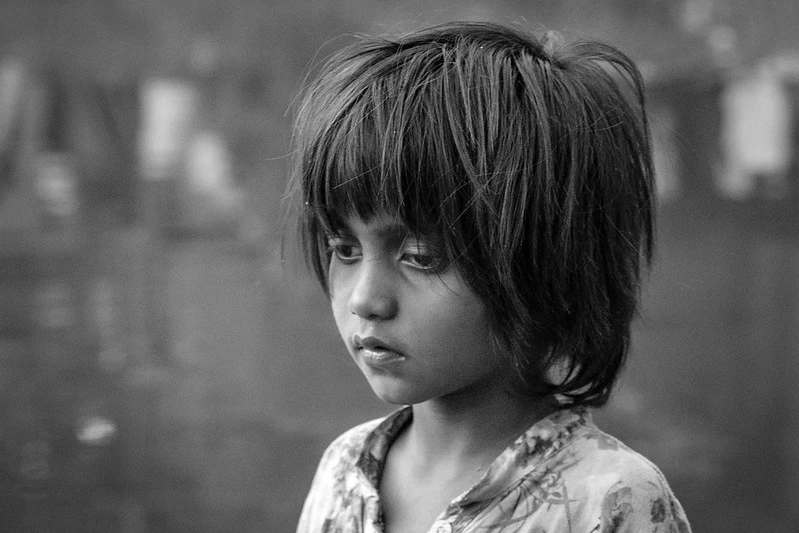
4) What’s one memorable story behind a photo that still sticks with you today?
My Machu Picchu llama photo is one of my most sold travel images and a favourite on social media. Over ten years ago, I was lucky enough to spend a week photographing Machu Picchu for the Peruvian Government. Having that extended time meant I could capture alternative angles of such an iconic landmark, rather than just the standard postcard shots. With the llama image, everyone else was facing the ruins — I turned around and caught the llama glancing over its shoulder like it owned the place. That moment reminded me to always look the other way — sometimes the real story is behind you.
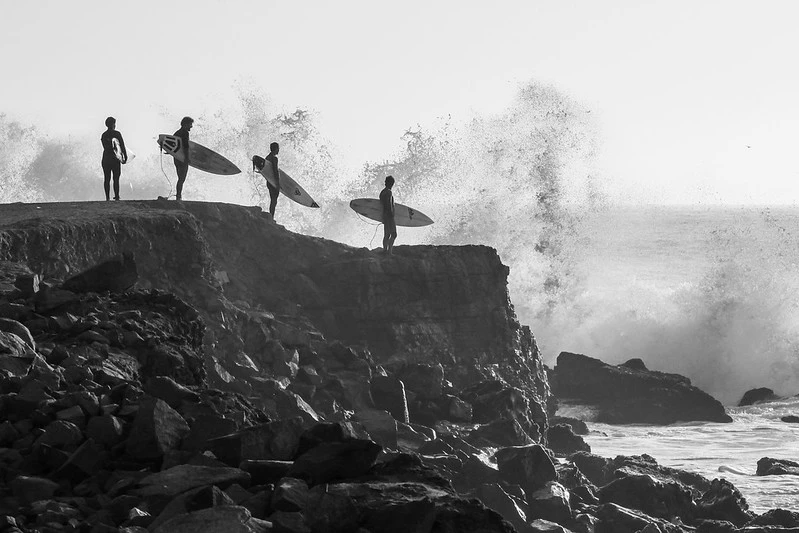
Capturing Chaos & Connection
5) You’ve taken photos in so many different places. What’s one of the toughest places you’ve shot in, and what did that experience teach you?
Developing countries are always a challenge. When poverty and hardship are right in front of you, it’s difficult to shoot without feeling voyeuristic. Parts of the Middle East were especially tough — Beirut stands out, only a few years after the port explosion. The city was chaotic, beautiful, and heartbreaking all at once. Being there taught me patience and respect. Sometimes you’ve got to put the camera down and just be present. The tougher the place, the more you realise photography isn’t just about images — it’s about empathy.
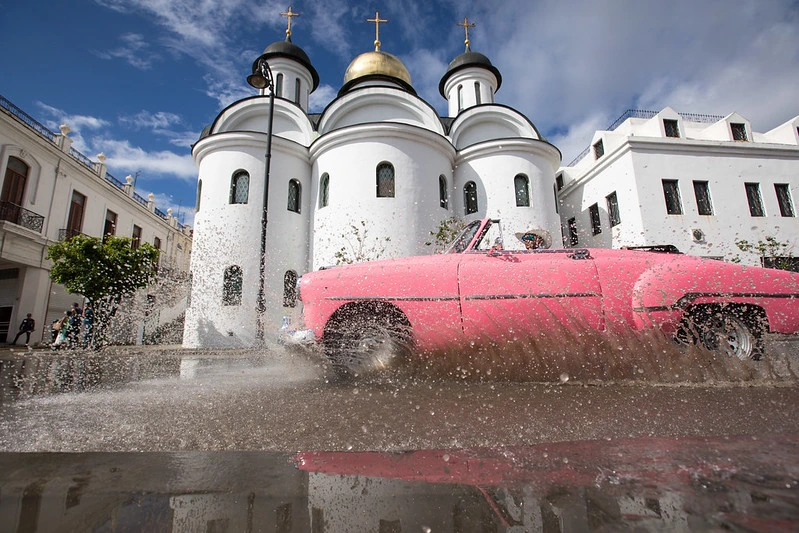
6) How does being in new places and cultures shape the way you tell stories through your photos?
Being in a new culture puts you on high alert — everything feels fresh, and that curiosity sharpens how you see and what you choose to frame. It pushes me to look past the obvious clichés and search for something genuine in the everyday. At the same time, the more I travel, the more I notice the similarities. No matter where you are in the world, people find comfort in family, in laughter, in small shared expressions. Those universal moments cut through the differences and remind me why I pick up the camera in the first place.
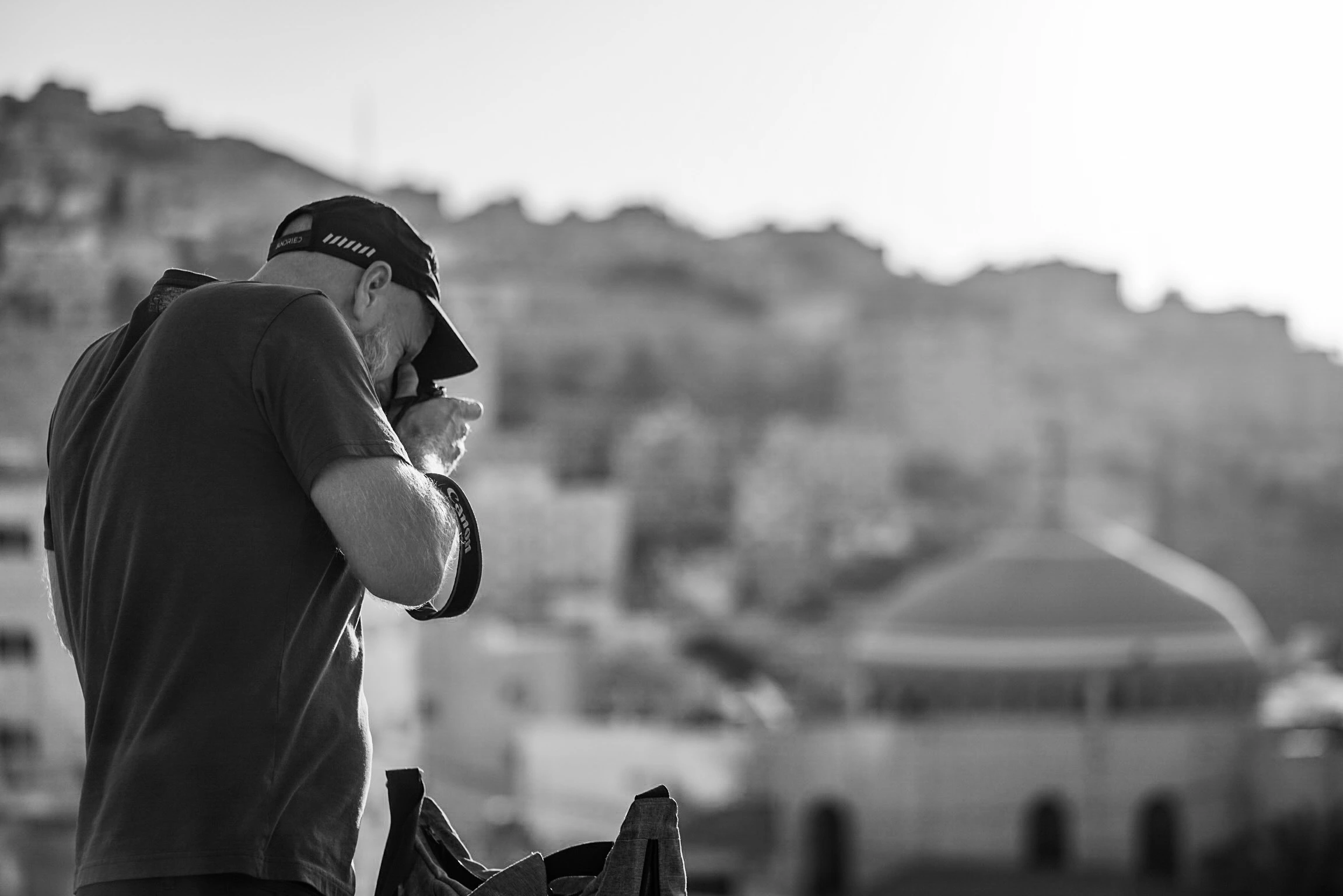
You might also like: 740+ Classic Black & White Lightroom Presets
7) When you’re in a new place, how do you usually approach shooting? Do you plan ahead or go with the flow?
I don’t do much planning if I’m honest. I prefer to let a place surprise me when I arrive. Usually, I’ll just wander the streets, get lost, and let things unfold. Some of my best shots have come from following the energy of a street or the movement of a single person, with no plan at all. That said, I do like to connect with local photographers when I travel. They give you real insight into the culture and often point you towards spots you’d never find otherwise.
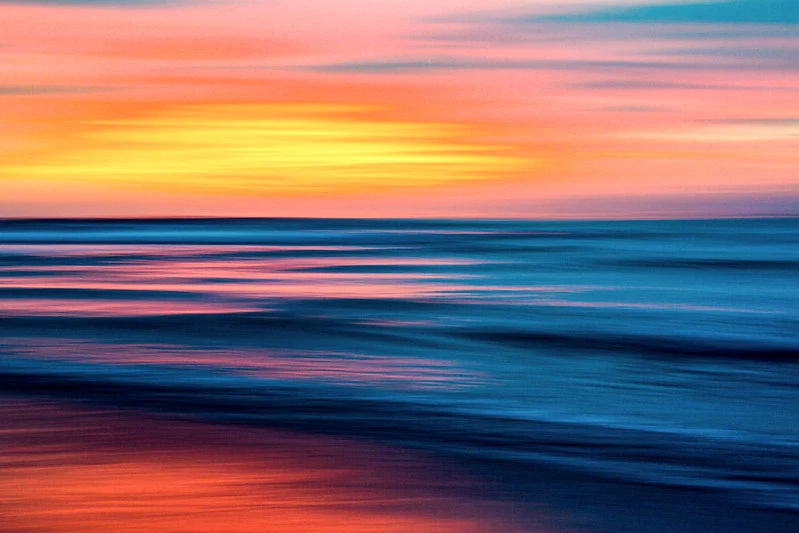
8) How do you connect with people you photograph, especially in places where you don’t speak the language?
A smile goes a long way. Body language, gestures, and showing genuine interest can build trust quickly, even without words. Often I’ll hang around for a while before raising the camera, just to let people get used to me. Meeting up with local photographers or exploring with local people also helps break barriers and gives me a better understanding of the culture. In developing countries especially, I think it’s important to blend in as much as possible — to be discreet, not the obvious foreigner waving a camera in people’s faces.
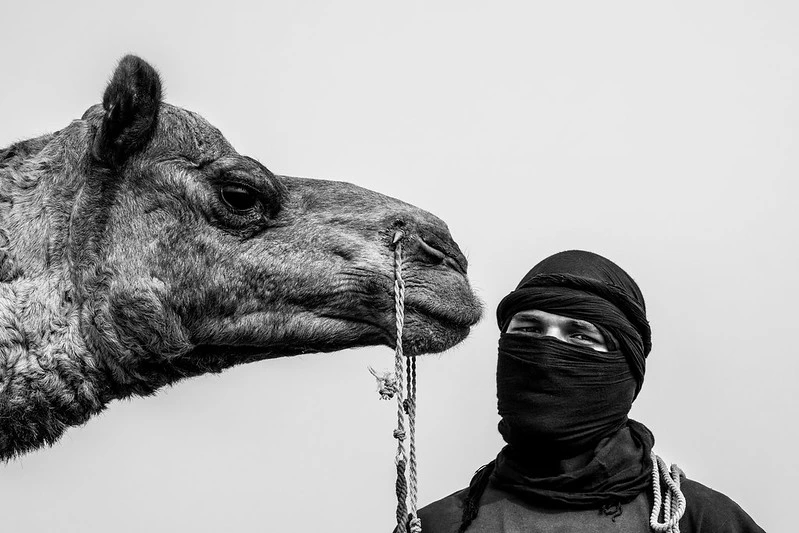
You might also like: 700+ Black and White Camera Raw Presets
9) Do you shoot mostly in natural light, or do you enjoy experimenting with different lighting setups?
Almost always natural light. I like the unpredictability — it forces you to adapt and react to whatever’s in front of you. Some of my Peruvian photography friends are big on flash, so I’ve experimented with it in the past, but honestly, it’s just another thing to carry and fiddle around with. For me, the challenge is in chasing the available light and making it work.
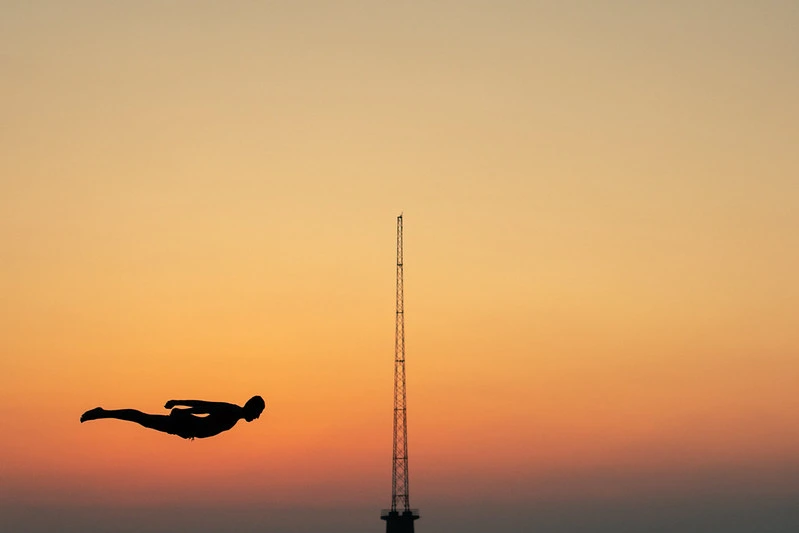
You might also like: Summer Feeling Photoshop Actions Pack
10) Are there any must-have items in your camera bag besides your main gear?
Honestly, not much. If I’m in the same place for a while, I often leave the bag behind and just head out with my camera and my go-to 50mm lens. In a completely new place — or if I know I’ll need more than one lens — I’ll take a small shoulder bag. I usually carry a book to read on the move, some lens wipes, and a spare battery or two. That’s about it. I like to travel light — less gear, less fuss.
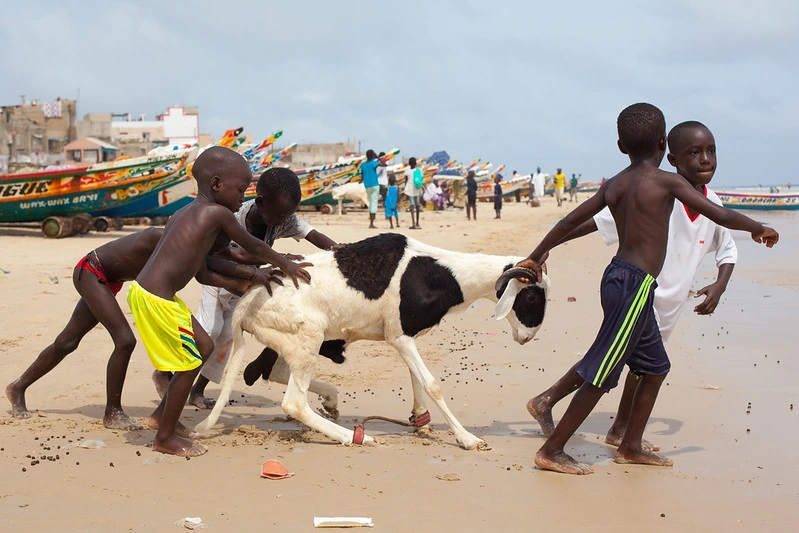
Wisdom for Aspiring Photographers
11) What’s one thing you wish you knew when you were starting out as a photographer?
That it’s not all about the gear. What really matters is persistence, patience, and learning to see. Early on I wasted too much time worrying about equipment, when I should’ve just been out shooting — taking photos, experimenting, and enjoying the process.
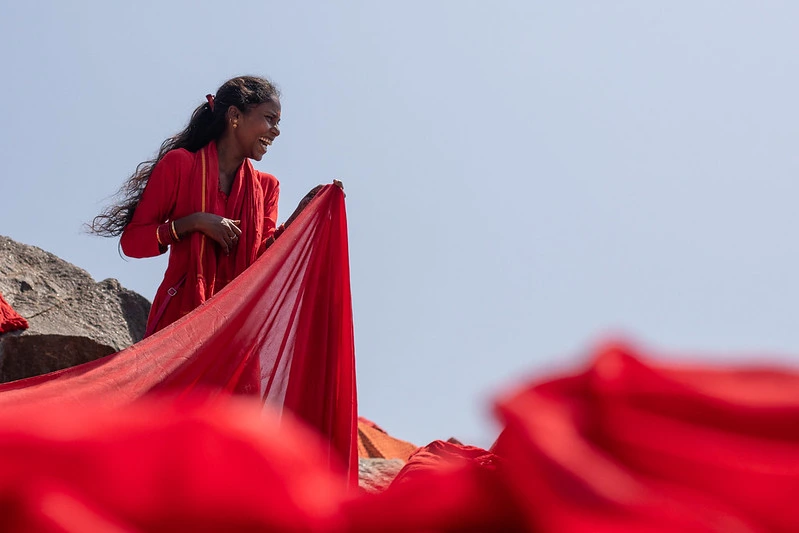
12) Any tips for photographers who want to work with big platforms like Getty or travel-related brands?
The days of making big money from stock or getting endless freebies through social media are pretty much gone. That said, you can still make it work if you think outside the box, find niches, and shoot creatively. Like most things, it comes down to hard graft — putting the hours in. Big platforms value reliability as much as talent, so upload regularly, keyword wisely, and don’t get disheartened when sales are slow. Persistence pays off.
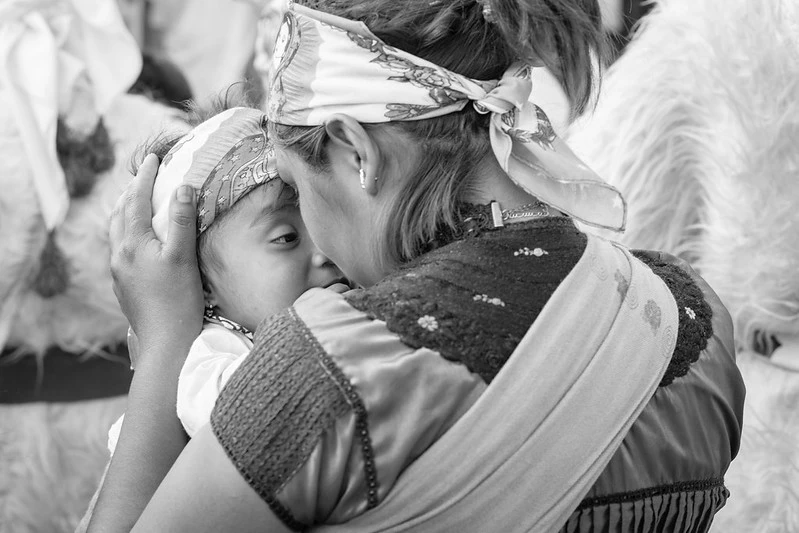
13) As a travel and documentary photographer, is there a PhotoWhoa product you’d recommend to others in your field?
I’ve reviewed a couple of PhotoWhoa Masterclasses, and both were genuinely inspiring. As photographers, it’s easy to get stuck in a rut and repeat the same approaches. These courses opened my eyes to new techniques and ideas that I still use today. The PhotoWhoa Travel & Nature Photography Masterclass by Ian Plant was especially useful, and it’s one I’ve already been recommending to others.
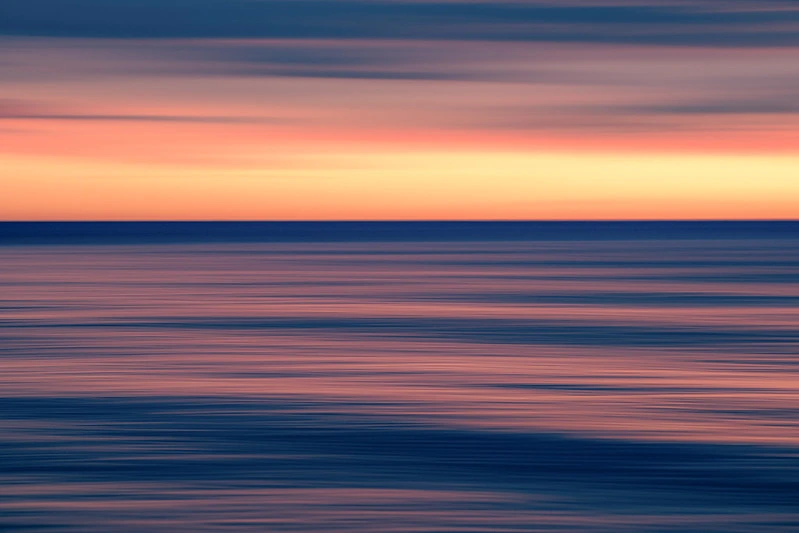
You might also like: 65 Travel Lightroom Profile Preset Pack
14) Are there any upcoming projects or destinations you’re particularly excited about?
I’m currently working on a series of abstract seascapes with an environmental focus, exploring both the beauty and fragility of our oceans. With winter setting in here in the UK, I’ll be looking toward warmer, more exotic locations to continue developing the project.
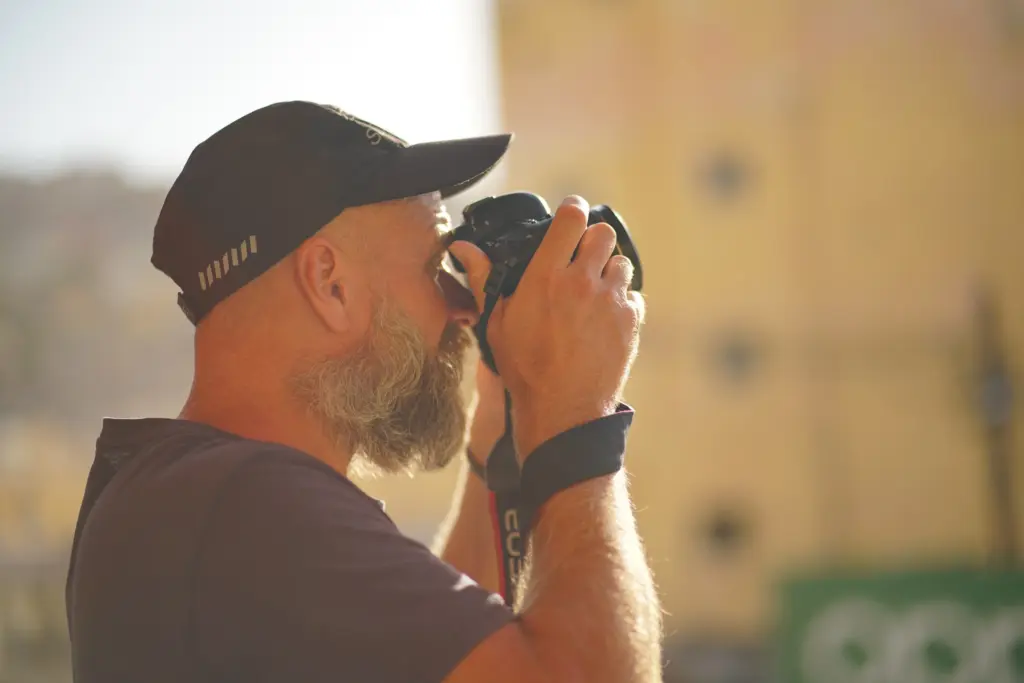
15) What advice would you give to aspiring travel or documentary photographers hoping to build a portfolio as diverse as yours?
Shoot as much as you can. Don’t wait for the perfect trip or the perfect project — just start. The more you shoot, the more your own voice will come through. Don’t be afraid of mistakes; they’re part of the process. And above all, enjoy it. If you’re not having fun, it shows in the work.
Closing Notes
Geraint Rowland demonstrates that excellent photography is not solely dependent on equipment. It all comes down to perspective, perseverance, and patience. His journey demonstrates that empathy and curiosity are just as important as technical proficiency.
He gives straightforward advice to anyone just starting out: keep shooting, accept your mistakes, and have fun. Beyond words, photography is a language. Geraint keeps tying people, places, and tales together all over the world with his camera.
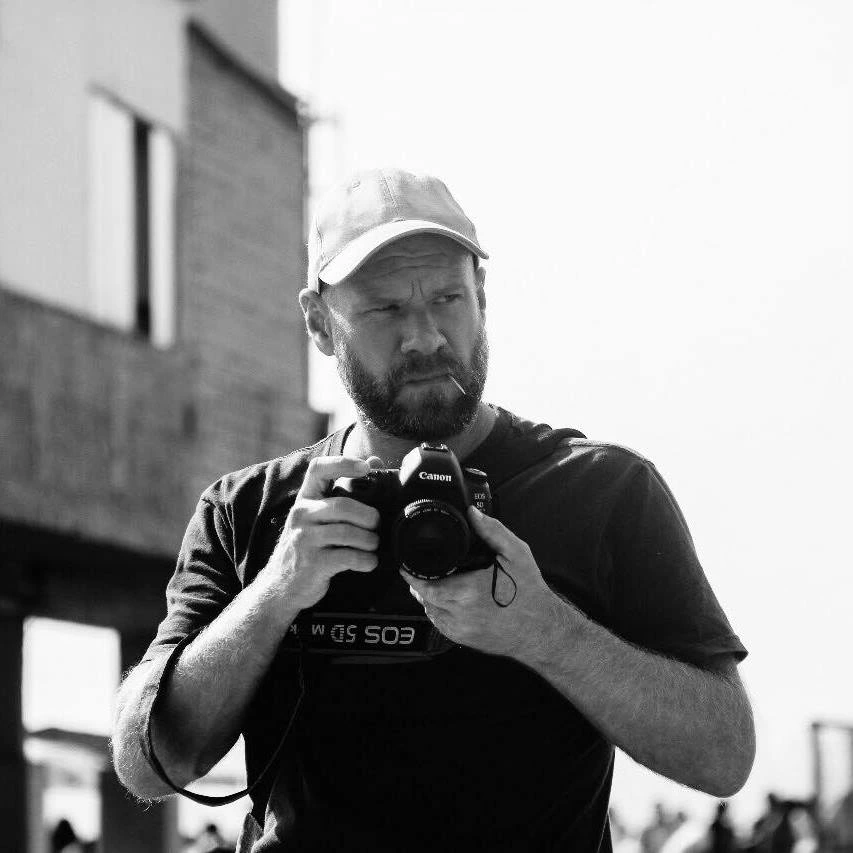
To check out more of Geraint’s work: Website | Instagram | Facebook
